The Archetypal Path to Getting Your Shit Together
by Gary Z. McGee
“We don’t so much solve our problems as we outgrow them. We add capacities and experiences that eventually make us bigger than the problems.” ~Carl Jung
Before we get into archetypes, let’s answer a vital question. What would you do if you already had a billion dollars? Forget how or why you have the money. Forget what you would spend the money on. Focus on what you would do with your life now that you’re financially secure.
What do you love to do? What are you passionate about? What makes you hungry for more (other than money)? What fills you up with fiery enthusiasm and ecstatic joy?
The answer to these questions holds the secret to getting your shit together. Becoming curious about your answers, and then honing-in on how they relate to each other, can lead you to your life’s purpose. As Stephen Kotler said, “Passion exists at the intersection of three or more things you’re really curious about.” Discovering what you’re passionate about gives you purpose, and that’s the first step in getting your shit together.
If for any reason you can’t seem to get past this first step, just skip to the second step. The second step, practiced often enough, should get you to a place where you can answer the vital question.
The second step is giving your newfound purpose some direction, something your mind can hang its hat on. Your mind needs leverage. It needs guideposts and life-hooks and symbolic steppingstones. It needs archetypes.
Archetypes provide a powerful way to understand the human mind. They map out the multilayered manifestations of the mindscape. Because the human mind is anything but singular. It is multifariously plural.
A multitude of archetypal characters exist there. Most of which reside in the unconscious, working behind the scenes but influencing almost everything we do. They influence behavior, trigger emotions, and provide meaning.
“Archetypes,” wrote Jung, “are the living system of reactions and aptitudes that determine the individual’s life in invisible ways.” Archetypes are unconscious psychosocial symbols representing forms, themes, and concepts in the world.
Archetypes are ideas that resonate across a wide swathe of the human experience, despite differing conditions. They are kind of like a foundational human story, something we intuitively understand. They instinctively feel true.
Why is this? It’s because the human mind is a storytelling machine. It’s a symbolic generator par excellence, inputting symbols and outputting symbols almost entirely behind the scenes. Archetypes are just the mythological personification of these unconscious symbols. They are cross-cultural. So, when you think of archetypes, think about them as set patterns of behavior shared by all of humanity.
Here is a short list of the most common archetypes:
The Hero: warrior, adventurer, outlaw, revolutionary.
The Shadow: fear, inner darkness, darkside, power.
The Trickster: fool, jester, shapeshifter, sacred clown.
The Eternal Child: inner child, beginner’s mind, youth, rebirth.
The Old Wise Man: wizard, magician, sage, monk.
The Old Wise Woman: Mother Nature, caregiver, nurturer, womb.
So how can archetypes help us get our shit together? The more we learn how archetypes work, the better we will be at identifying the patterns that influence most of human behavior. The more we understand archetypes, the more we are able to differentiate from them. Which is important because the more we differentiate from archetypes, the less unconscious influence they will have over us and the more conscious awareness we will have over them.
Differentiating archetypes can also help us recognize the influence that archetypes have over others. And the more we can identify the archetypes in others, the more we can see the patterns of behavior within ourselves. Conversely, the more we can witness these behavioral patterns in ourselves, the more understanding we’ll have for others.
Archetypes are like doorways to behavioral change. They are doorways to knowing the self. They get to the source of what ails us. They lead us down into the unconscious forces hidden beneath the surface.
Walking through the doorway of the Hero, for example, gives us courage. The archetype of the hero becomes a tool to leverage more courage into our lives. It plants the seed of a heroic bent. It gives us the ears needed to hear the call to adventure. It gives us the heart needed to take on arduous tasks. Most amazingly of all, it opens the doors into other archetypes. As Maya Angelou surmised, “Without courage you can’t practice any other virtue consistently.” Or practice getting your shit together, for that matter.
Armed with the courage gained from cultivating the hero archetype, we become motivated to take more leaps of courage. The Shadow is the next logical step.
When we walk through the doorway of the Shadow, we discover a major part of our inner state. It is a culmination of our deepest fears, shames, regrets, and judgments, but it’s also the source of our greatest power, our hidden beauty, and our sacred self.
Where the hero teaches us courage, and the old wise man/woman teaches us wisdom, and the trickster teaches us humor, the shadow teaches us how to be fierce. Fierceness is vital for getting our shit together.
One of the most powerful actions we can take to intervene in a stormy world is to face our own storm. This is the power of utilizing the shadow archetype as a tool toward getting our shit together. It takes account of all our personal shit –inside and out. The full extent of the shitstorm of our life gets put into proper perspective, and we’re better able to manage it.
Once we’ve somewhat managed our own shit, and gained the courage to rummage through it, we can take the next step into the other archetypes. There are so many to choose from, and almost anything we can imagine has some form of archetypal energy running through it.
Walking through the door of the Trickster archetype, for example, teaches us how to have a sense of humor regarding our shit. It teaches us how to stare into the eye of the category five shitstorm of our life and to have a good laugh. Sure, it sucks. Sure, there’s shit everywhere. But it’s all laughable. It’s all a cosmic joke and we’re the butt end of it. And that’s okay.
The Trickster archetype leverages a humorous bent into our overall perspective, ushering in humility, which further develops the courageous bent and fierceness bent we gained from the Hero and Shadow archetypes. Now we can courageously laugh with a fierceness, despite our shit. Now, we are wide open for further archetypal unveiling.
As we peel away the multilayered onion of the self, it might make us cry, and it might stink up the joint, but the deeper awareness is more important than the discomfort. The recognition, acceptance, coordination, integration, and synthesis of the self, and all the archetypes that symbolically comprise it, is what matters now. It’s a kind of psychosynthesis.
From individuation to self-actualization to self-transcendence and beyond into self-overcoming, archetypal psychology becomes an existential methodology that we can use to further develop the self.
So ground yourself, take a deep breath, and let your archetypal journey begin. There will always be shit to deal with, but the archetypal path will at least make it more manageable and, as a bonus, more entertaining.
In the end, the search for deeper self-awareness is what helps us get our shit together. That’s why the archetypal path is so important. It’s constantly in search of itself. It helps us finally discover where all our fucks should go. As Walker Percy said, “The search is what anyone would undertake if he were not sunk in the everydayness of his own life. To become aware of the search is to be onto something. Not to be onto something is to be in despair.”
Image source:
Archetype by The Mind Unleashed
About the Author:
Gary Z McGee, a former Navy Intelligence Specialist turned philosopher, is the author of Birthday Suit of God and The Looking Glass Man. His works are inspired by the great philosophers of the ages and his wide-awake view of the modern world.
This article (The Archetypal Path to Getting Your Shit Together) was originally created and published by The Mind Unleashed and is re-printed here under a Creative Commons license with attribution to Gary Z McGee and themindunleashed.com. It may be re-posted freely with proper attribution, author bio, and this statement of copyright.


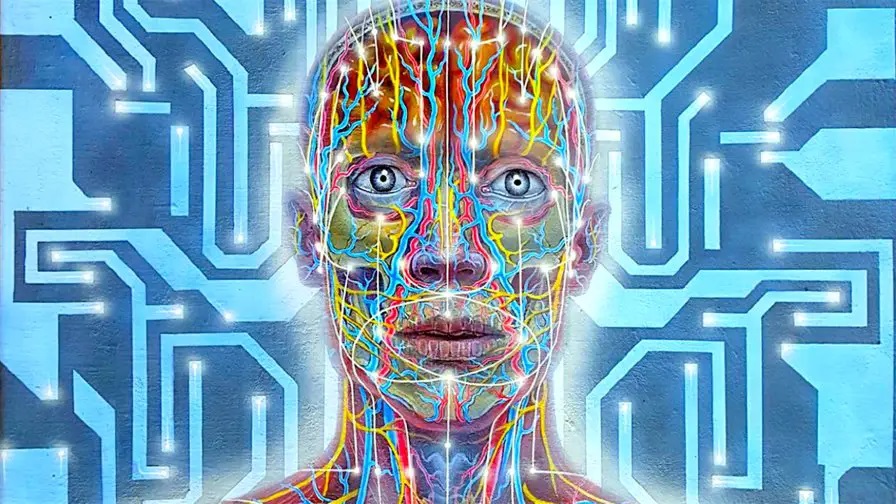

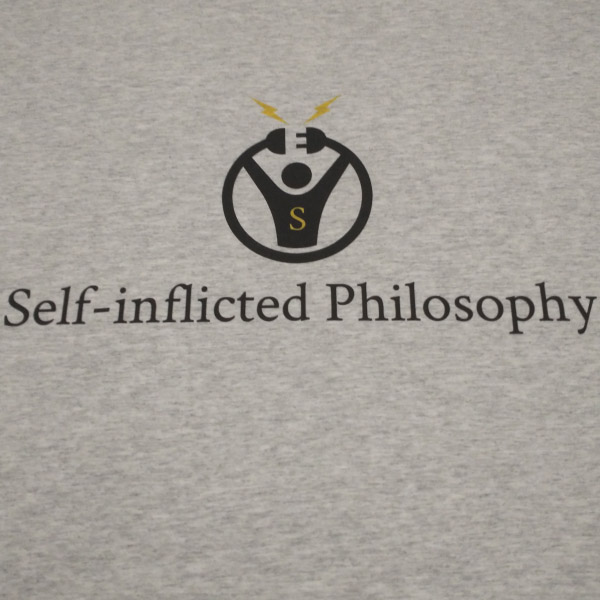






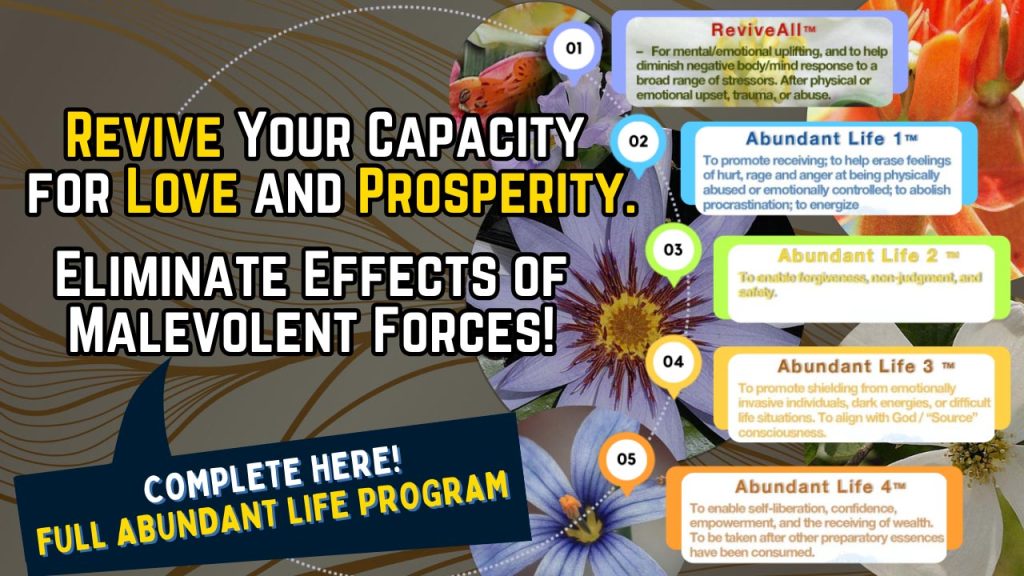


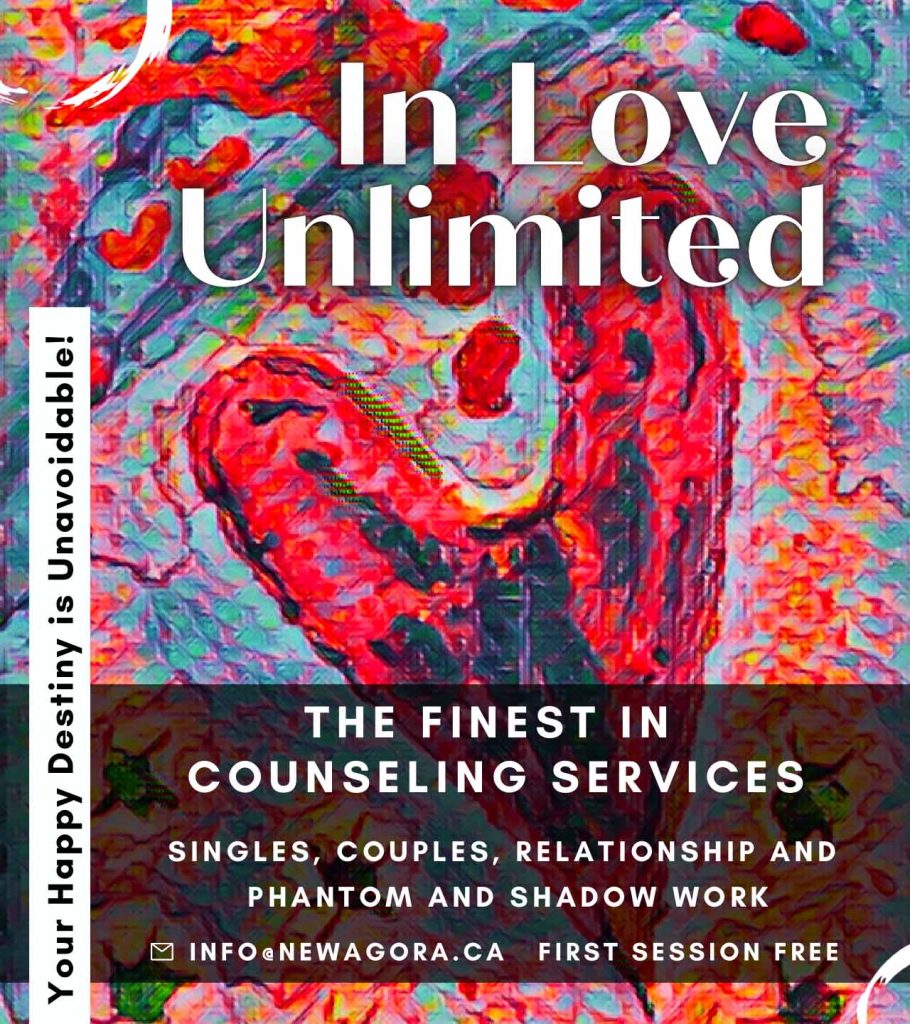
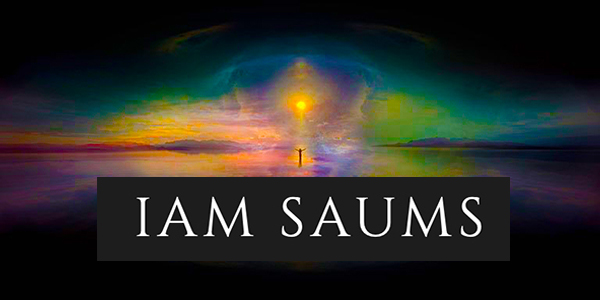




Definitely thought-provoking. I ” feel” / think / believe that I have my shit together.